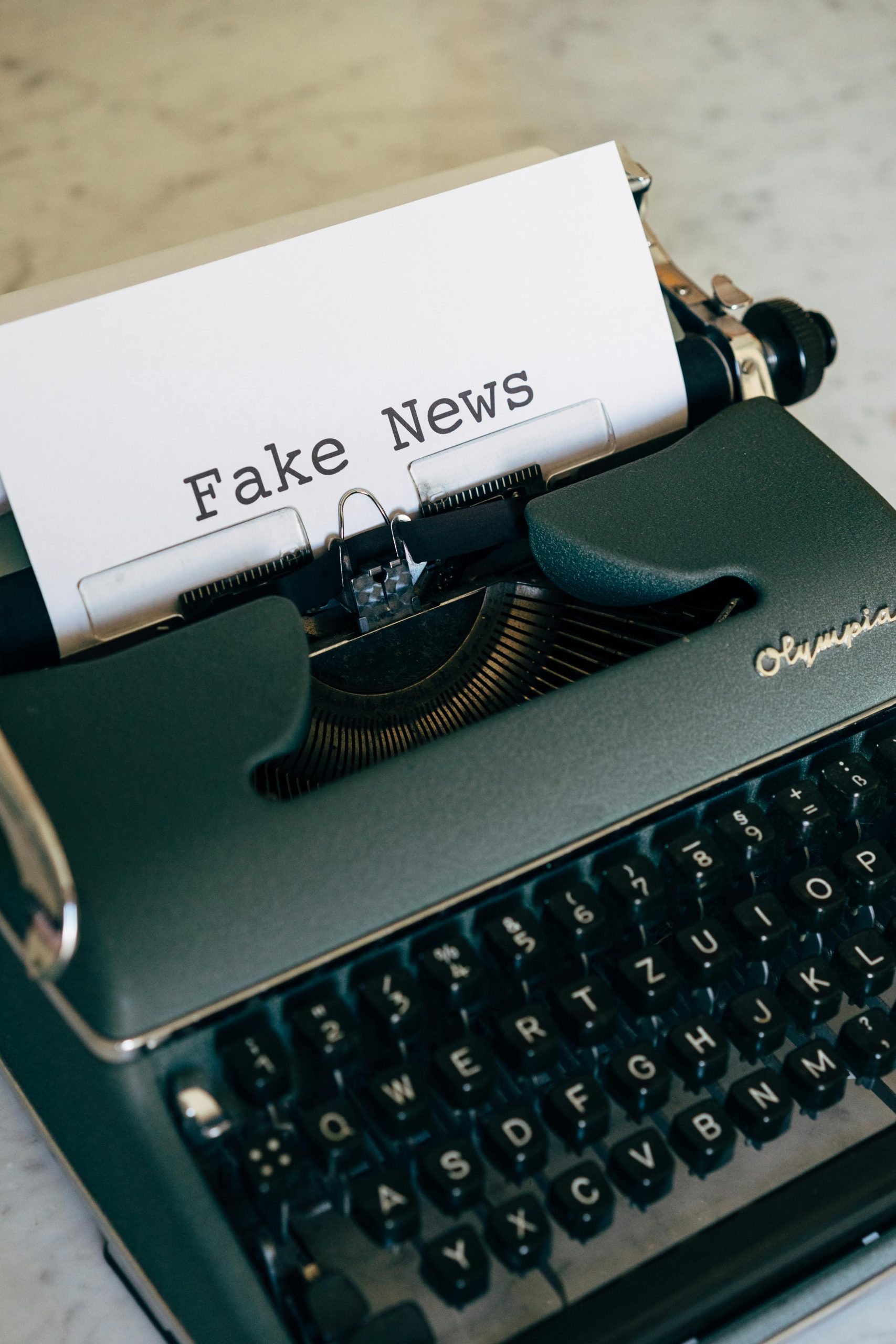Retailers love to make shoppers feel like they’re getting a great deal, but not every discount is as good as it seems. Many sales are designed to trick you into thinking you’re saving money when, in reality, the “deal” isn’t a deal at all. Fake discounts are one of the oldest marketing tactics in the book, and if you don’t know how to spot them, you could be spending more than you should. Here’s how to recognize fake discounts—and when it’s the right time to buy.

Image Source: Pexels
1. Compare Prices Before the Sale
One of the easiest ways to spot a fake discount is by checking the price history of an item. Many retailers inflate the “original” price just before a sale, so the discount looks bigger than it is. This is common during big shopping events like Black Friday and holiday sales. To avoid this trick, track prices in advance using price comparison tools like Honey, CamelCamelCamel (for Amazon), or Google Shopping. If the “sale” price is the normal price or only slightly lower, it’s not a real deal.
2. Be Wary of Strikethrough Pricing
Retailers often display an item’s supposed “original price” with a strikethrough next to the sale price, making it look like you’re getting a huge discount. However, that original price may not be what the product sells for—it could be an inflated number used to create the illusion of savings. If an item is almost always on sale, chances are the “regular” price is artificially high to make the discount seem bigger than it is.
3. Look for True Percentage Savings
When a store advertises “Up to 70% Off,” don’t assume that means most items are discounted that much. This tactic is used to draw shoppers in, but often, only a few items are discounted at the highest percentage. The rest of the sale items may only have minor discounts, making the promotion misleading. Instead of falling for flashy percentage claims, check the individual price and compare it to what the product usually sells for.
4. Watch Out for “Buy More to Save” Traps
Many stores use promotions like “Buy One, Get One 50% Off” or “Spend $100, Get $20 Off” to encourage higher spending. While these deals can be worthwhile in some cases, they often make shoppers buy more than they originally planned just to qualify for the discount. If you weren’t going to buy two items in the first place, you’re not saving money—you’re just spending more. Only take advantage of these deals if you were already planning to purchase multiple items.
5. Check the Fine Print on Doorbuster Deals
Major sales events like Black Friday often advertise deeply discounted items, but these deals usually come with restrictions. Some sales only have limited quantities available, meaning by the time you get to the store or website, the deal is gone. Other times, the sale applies only to older models or less desirable versions of a product. Always read the fine print to ensure the deal is available and applies to the product you want.
6. Don’t Fall for Subscription “Discounts”

Image Source: Pexels
Many retailers offer discounts in exchange for signing up for a subscription service, such as “Save 10% when you subscribe and save.” While these deals can be beneficial if you regularly buy the product, they can also lead to unnecessary spending if you forget to cancel or don’t need recurring shipments. Always check the total cost of subscribing versus buying the product on sale elsewhere.
7. Consider the Quality of the Discounted Item
A huge discount doesn’t always mean the item is a good buy. Some retailers use sales to clear out low-quality, outdated, or defective products. This is especially common with electronics, clothing, and home goods. Before purchasing, read reviews and check return policies.
When to Buy
Not all discounts are fake—there are times when sales are truly worth it. Here’s when a deal is a good buy:
- During seasonal clearance events: The best discounts happen at the end of a season when stores need to make room for new inventory (e.g., winter coats in spring, summer patio furniture in fall).
- On major shopping holidays: Some of the best sales happen during Black Friday, Cyber Monday, Memorial Day, and Labor Day sales, but only for items that are truly discounted from their regular price.
- When it’s something you already planned to buy: If an item is already on your shopping list and you find it at a genuine discount, it’s worth taking advantage of the savings.
- When it’s the lowest price historically: Use price-tracking tools to check whether the discount is the best price the item has been in the past year.
Retailers use plenty of tricks to make shoppers think they’re getting a great deal, but not all discounts are real. By comparing prices and understanding common sales tactics, you can avoid falling for fake discounts. Shopping smart means knowing when to say no and when to take advantage of a real bargain.
Read More


